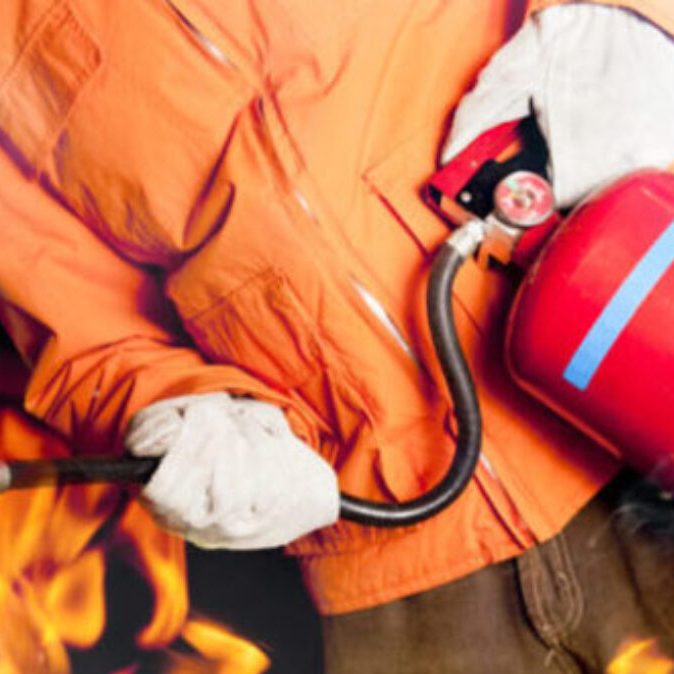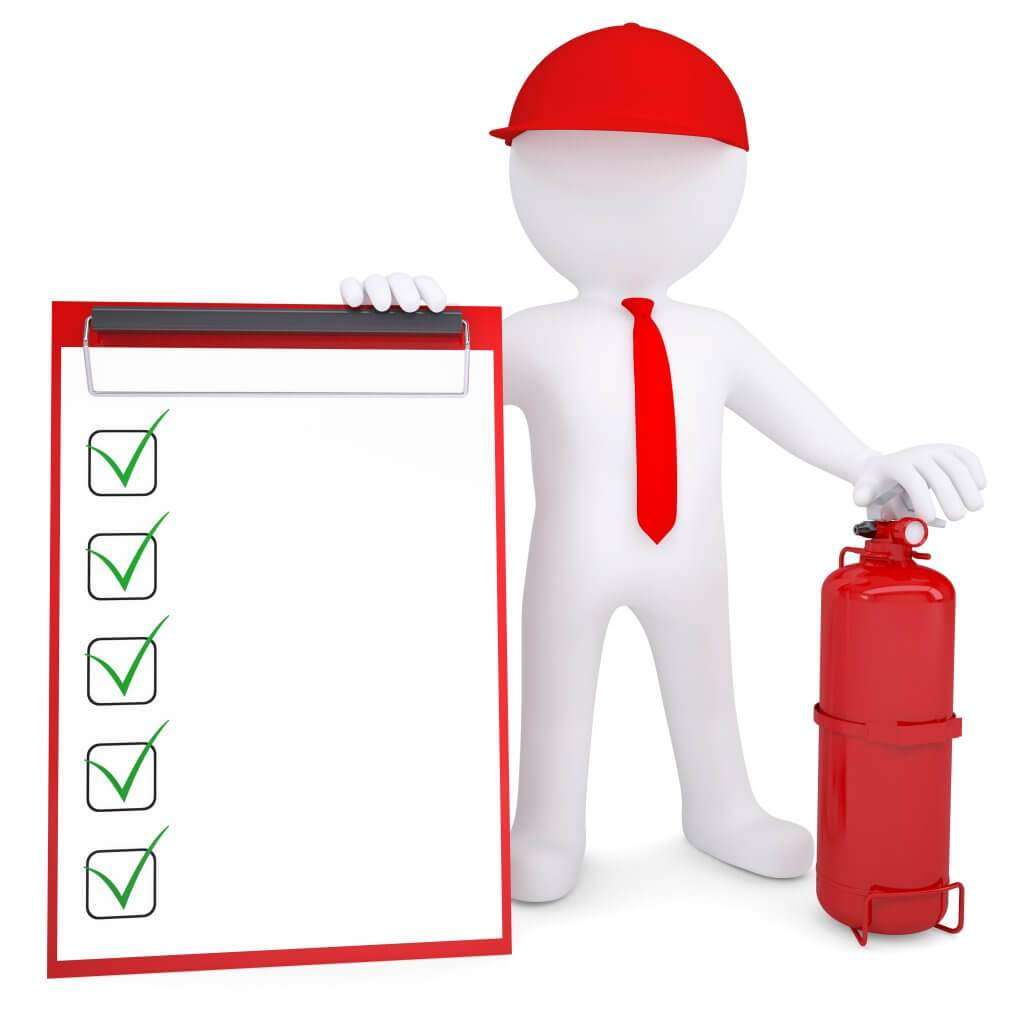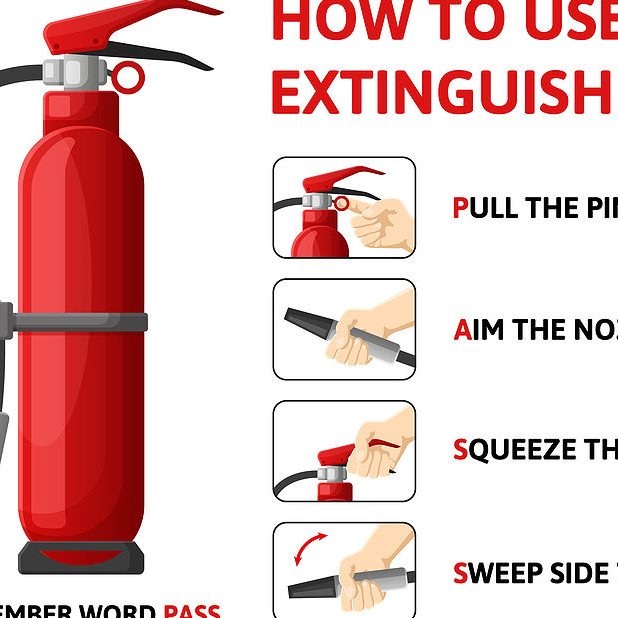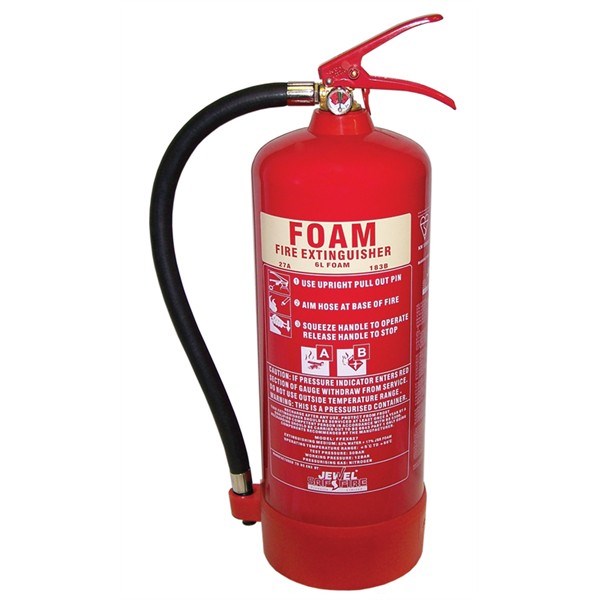Introduction: The Importance of Preparedness
Using a portable fire extinguisher can be crucial in stopping a fire before it spreads. However, it’s essential to approach this task with caution and awareness. Before grabbing an extinguisher, understanding certain considerations can significantly impact your safety and effectiveness. Proper training, knowledge of fire types, and emergency protocols are vital components of fire safety. This article outlines the critical considerations to keep in mind before using a portable fire extinguisher.
Assess the Fire Situation
Identify the Type of Fire
Before using a fire extinguisher, it’s vital to identify the type of fire you are facing. Fires are classified into different categories: Class A (ordinary combustibles), Class B (flammable liquids), Class C (electrical fires), Class D (flammable metals), and Class K (cooking oils). Each class is extinguished with specific methods and agents.
Using the wrong type of extinguisher can worsen the situation. For instance, using water (Class A agent) on a Class B fire can cause flammable liquid to spread. Always assess the fire carefully and ensure you have the right extinguisher before proceeding.
Evaluate the Size of the Fire
The size of the fire plays a crucial role in your decision to use an extinguisher. If the fire is small and contained, you may be able to address it effectively. However, if the flames are growing or spreading rapidly, it might be safer to evacuate and call emergency services.
It’s essential to recognize when a fire is too large to handle. A good rule of thumb is the “Rule of Thumb” method: if the fire is larger than a wastebasket, it is usually unsafe to attempt extinguishing it. Safety should always be your priority.

Know Your Equipment
Familiarize Yourself with the Extinguisher
Before a fire occurs, it’s crucial to familiarize yourself with the portable fire extinguishers in your area. Know their locations and how to operate them. Most extinguishers follow the PASS technique: Pull the pin, Aim at the base of the fire, Squeeze the handle, and Sweep from side to side.
Understanding the operation of the extinguisher will save you valuable time during an emergency. Additionally, check if the extinguisher is charged and in good working condition. Conduct regular inspections to ensure it is ready for use when needed.
Check the Expiration Date
Every fire extinguisher has an expiration date that indicates its effective lifespan. An expired extinguisher may not function as intended, rendering it useless in an emergency. Ensure to check the date on your extinguishers regularly.
If the extinguisher is nearing its expiration or past it, replace it immediately. Proper maintenance of fire safety equipment is essential. A well-maintained extinguisher contributes to confidence in emergency situations.
Personal Safety First
Assess Personal Safety
Before using a portable fire extinguisher, prioritizing your safety is paramount. If you feel uncertain about tackling the fire, it’s best to evacuate immediately. Ensure that an escape route is clear and accessible, allowing you to exit the area safely.
Be aware of the smoke and heat levels. If smoke is heavy or visibility is poor, retreat to a safe distance. Your safety comes first; if conditions seem hazardous, err on the side of caution and leave the firefighting to the professionals.
Use Protective Equipment
If you decide to fight a small fire, consider wearing personal protective equipment (PPE), such as gloves and a mask. These items can shield you from heat, smoke inhalation, and hot materials. Protective gear adds an extra layer of safety.
Always wear closed-toe shoes to protect your feet from falling debris or hot surfaces. While fighting the fire, stay as low as possible to avoid smoke inhalation. Protecting yourself will enhance your chances of successfully controlling the fire.

Understand Fire Behavior
Recognize Smoke and Heat Patterns
Understanding fire behavior is crucial when preparing to fight it. Smoke can indicate a fire’s intensity and direction. If the smoke is thick or dark, the fire may be more severe than anticipated. Recognizing these patterns can help you assess whether to act or evacuate.
Generally, heat rises. If you feel intense heat when approaching the fire, it may signal a significant blaze. Recognizing these behaviors will help you make informed decisions and maintain safety during an emergency.
Monitor Ventilation and Airflow
Fires can change rapidly based on ventilation and airflow. If you are in a room with open windows or doors, airflow may intensify the fire. Beware of backdrafts, where introducing oxygen suddenly can cause flames to explode.
Before using the extinguisher, assess whether closing exits may help minimize airflow. The goal is to control the fire’s oxygen supply, keeping it contained. Understanding ventilation will better prepare you to combat the fire effectively.
Emergency Protocols
Call Emergency Services
Before attempting to fight a fire, it’s essential to call emergency services. Report the fire immediately to ensure that trained professionals are on the way. While you may choose to tackle a small fire, letting emergency responders know allows them to prepare for a larger incident.
Provide clear information about the fire’s location and size. Ensure everyone is aware of the emergency response plan, especially if you’re in a workplace or public space. Knowing help is on the way can ease anxiety during stressful situations.
Follow Evacuation Plans
Every building should have an evacuation plan in case of fire emergencies. Familiarize yourself with these plans before an incident occurs. Know the exit routes and safe assembly points to ensure a quick and orderly evacuation if necessary.
In a fire scenario, remain calm and help others evacuate if it is safe to do so. Follow the planned routes and avoid using elevators. Being prepared will ensure the safety of everyone around you, making a potentially dangerous situation more manageable.

Training and Education
Attend Fire Safety Training
Participating in fire safety training is invaluable. Many organizations and local fire departments offer classes on using portable fire extinguishers and understanding fire behavior. Knowledge gained through training helps build confidence in your ability to act during emergencies.
Training also often covers the various types of extinguishers and when to use them. Familiarity with these principles reinforces essential safety skills. Taking advantage of educational opportunities can help you save lives in critical situations.
Continuous Learning
Fire safety knowledge is not a one-time effort; it requires continuous learning. Keep up to date with new techniques and safety protocols regularly. Webinars, workshops, and community events provide excellent resources for ongoing fire education.
Encourage family and friends to join you in learning about fire safety. Promoting awareness will create a community that values preparedness. Continuous engagement ensures fire safety remains a priority, minimizing risks when emergencies arise.
Conclusion: Be Prepared for Emergencies
In conclusion, several critical considerations come into play before using a portable fire extinguisher. Assessing the situation, knowing your equipment, prioritizing personal safety, and understanding fire behavior are all essential steps in the process. Emergency protocols and training further enhance preparedness.
Being well-informed and trained empowers you to handle fire emergencies more effectively. A proactive approach can make all the difference in controlling small fires and ensuring the safety of yourself and those around you. Remember, safety first; if you ever feel unsure, don’t hesitate to evacuate and call for help. Stay prepared and informed, and you can tackle emergencies with confidence!


